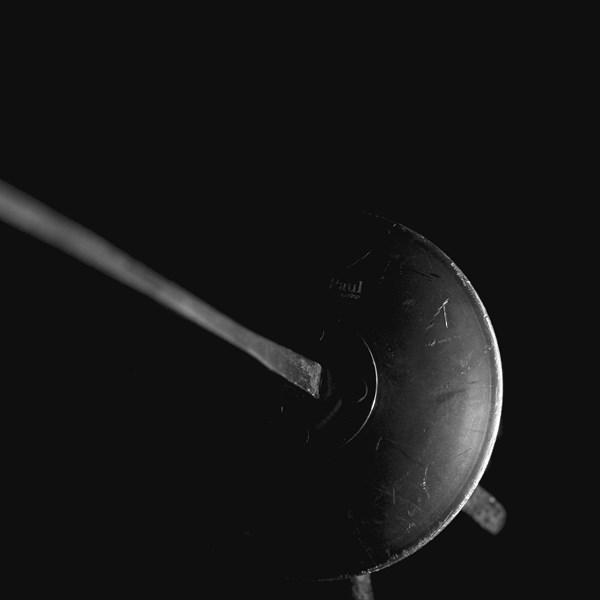WHEN YOU ATTACK A PATENT, WHAT IS THE BEST OPPOSITION STRATEGY?
First and foremost, you need to be clear about your commercial objectives and re-evaluate them throughout the opposition procedure.
However, whilst is vital you focus on your commercial objectives, you can’t afford to overlook those of the patentee.
For example, if you know the patentee’s commercial interests lie in an area that is different from your own, there may be a possible win-win settlement opportunity.
It may be best to obtain a licence giving you freedom to pursue your commercial interests in return for you either withdrawing your opposition or not opposing the patent in the first place.
Alternatively, you might simply agree not to continue to oppose a patent if the claims are limited to the point they no longer pose a risk to your commercial plans.
You also need to stay alert to opportunities for removing risk and achieving your commercial objectives by reaching an agreement with the patentee.
At the same time, EPO opposition and appeal proceedings have a unique set of rules and procedures and associated case law and practice. The latest Rules of Procedure of the Boards of Appeal of the EPO have significantly changed when it comes to the arguments and evidence that are admissible at various phases in opposition and appeal proceedings.
If your strategy doesn’t correctly consider the potential impact of these rules, you could lose what should have been a winnable case.
Finding the best opposition strategy is an area in which Potter Clarkson excels.
Potter Clarkson also excels in helping clients formulate strategies to mitigate potential risks and capitalise on the most likely commercial opportunities at the earliest possible stage.
We do this by searching and monitoring the status of any third-party European patent filings that could force you to mount an opposition further down the line. Typical actions in relation to pending applications include:
- Taking steps to prevent grant of a patent with relevant claims
- Acquiring the patent rights
- Negotiating a licence under favourable terms
- Preparing to file an opposition after the patent is granted
In some cases, it may be necessary to conduct experiments and obtain witness testimony and/or evidence of prior use to support the invalidity arguments you want to use in your opposition.
This is why it’s essential you identify all relevant European patent filings as early as possible. It will give you more time to gather evidence and prepare a successful opposition case.
If you would like to find out more about how we can help you find the best way to attack a competitive patent, please email our specialist oppositions team today and we can arrange an initial meeting.



